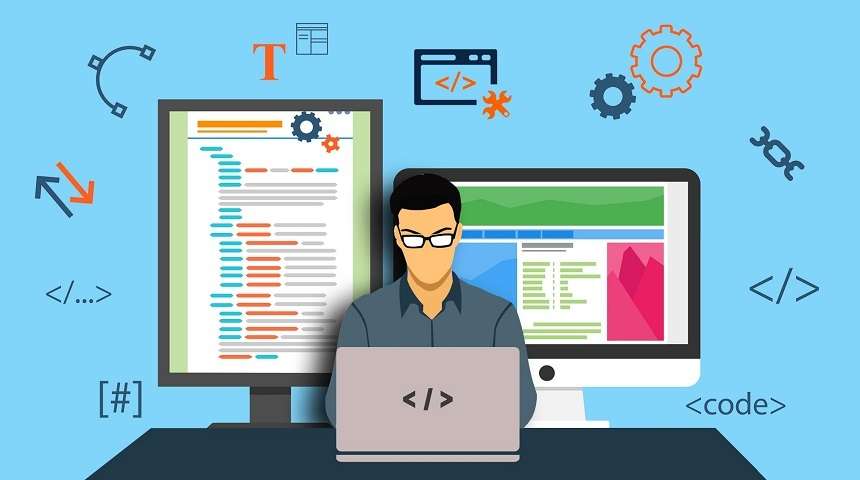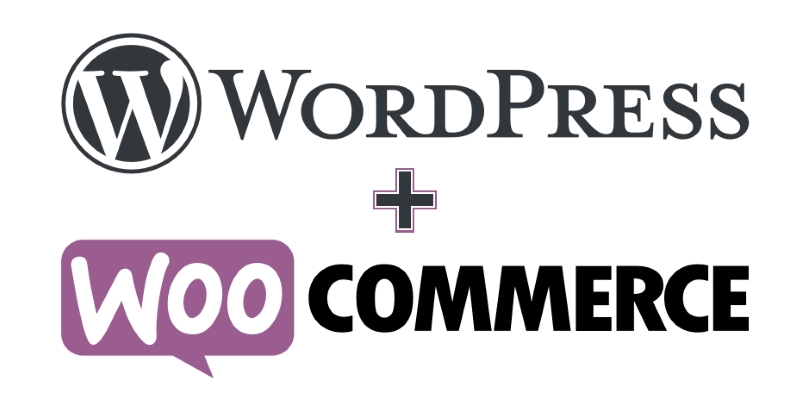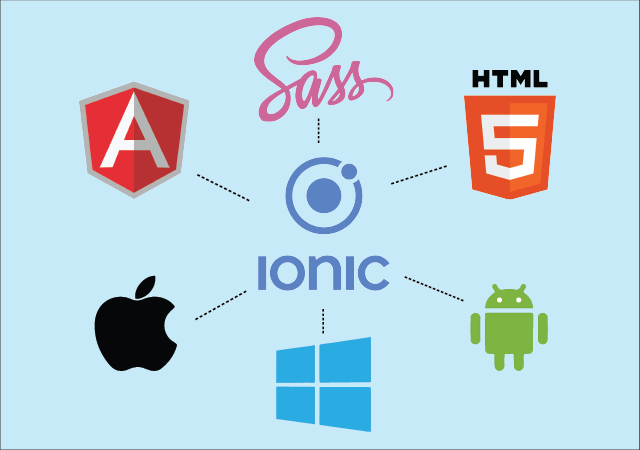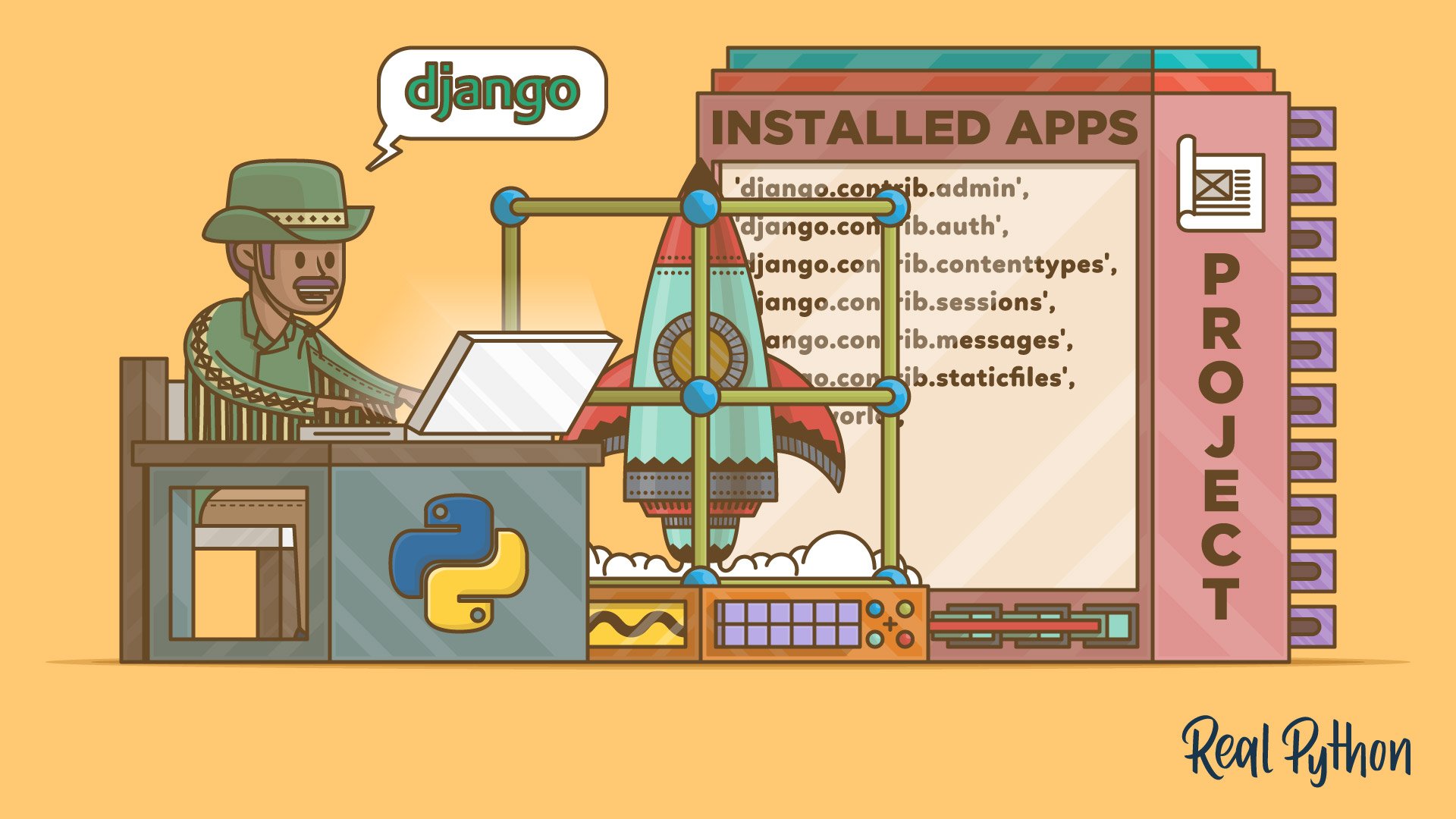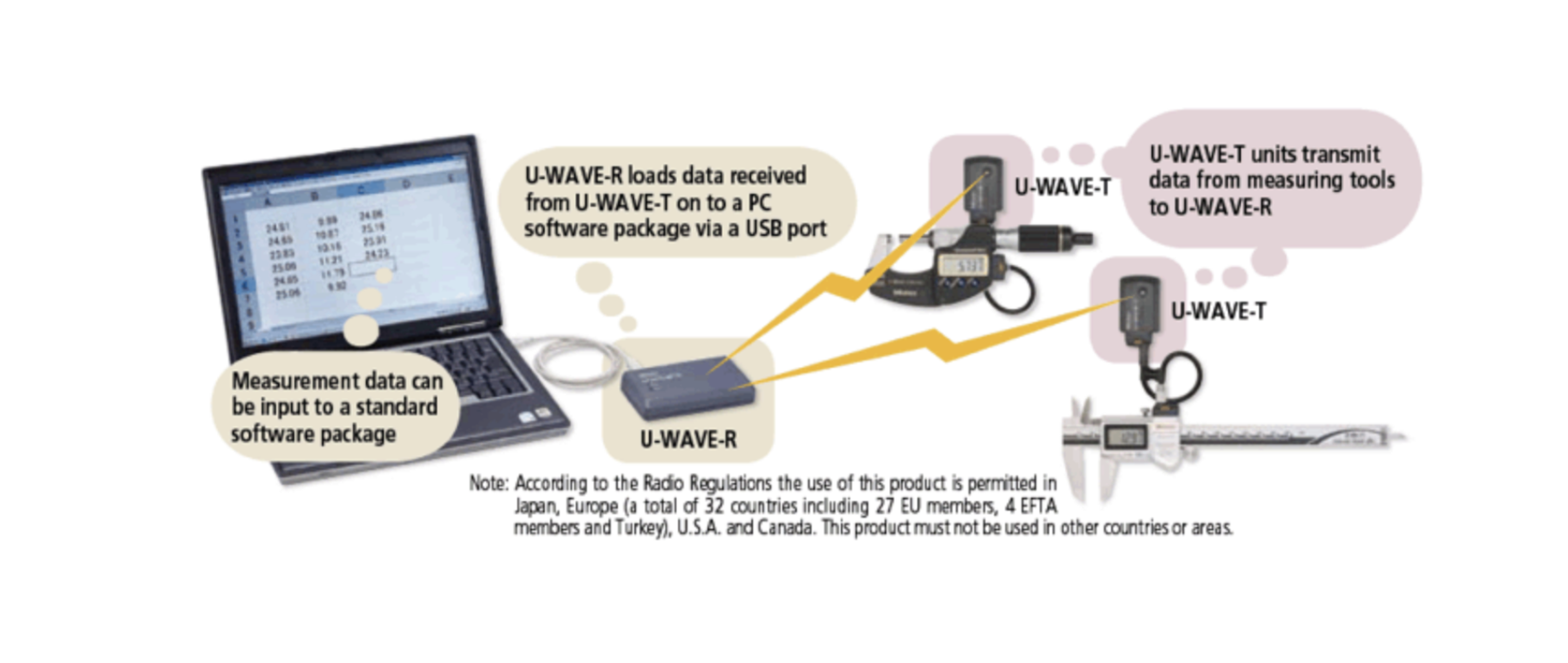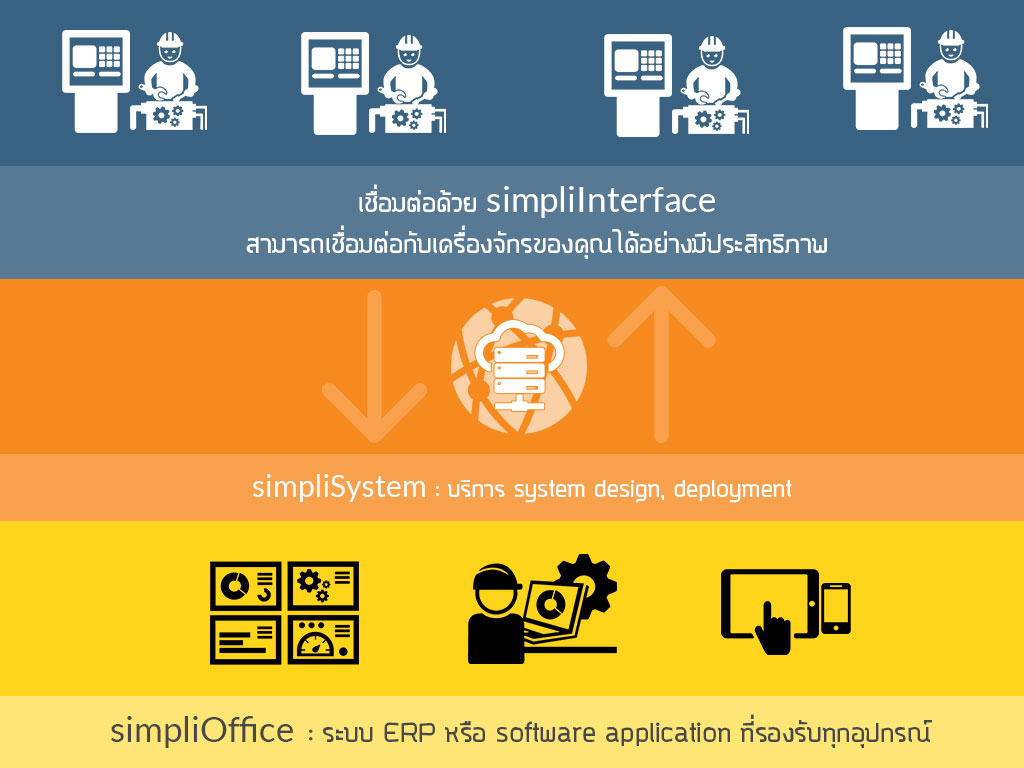What Is an LMS? And Why You Should Pay Attention to Frappe LMS
Education and training have evolved rapidly in the past decade. From universities adopting online programs to companies scaling global employee training, the demand for flexible, scalable, and customizable Learning Management Systems (LMS) has exploded.
But the LMS market is saturated with bloated, expensive, and inflexible platforms. What if you could build your own LMS with full control over your content, design, and logic — and still leverage a powerful, scalable backend?
That’s where Frappe LMS comes in: a modern, open-source LMS built on top of the same framework that powers ERPNext. Whether you're an educator, a startup founder, or a tech team inside a large organization, Frappe LMS gives you the tools to build, run, and scale your learning ecosystem.
🎓 A Quick Primer: What is an LMS?
An LMS (Learning Management System) is software that helps you manage the entire lifecycle of digital education and training. A good LMS allows you to:
- Create structured courses with lessons and sections
- Deliver learning content (video, text, HTML, files)
- Assign quizzes and tests to reinforce knowledge
- Track user progress and performance
- Manage users with roles like instructor, student, admin
- Facilitate discussions and learner engagement
- Issue certificates upon course completion
Traditional LMS platforms like Moodle, Blackboard, or Teachable have served educators for years, but many of them are either:
- Too rigid to customize for unique workflows
- Not developer-friendly
- Expensive and proprietary
This is where Frappe LMS breaks the mold.
🚀 Introducing Frappe LMS
Frappe LMS is a full-featured LMS built with Frappe Framework — a low-code, Python-based web framework known for its speed, extensibility, and ease of use. If you've worked with ERPNext or built apps on Frappe before, this LMS will feel familiar yet refreshing.
Here’s what sets it apart:
✅ Open Source and Free
Frappe LMS is licensed under the MIT license. There are no subscription fees, licensing costs, or vendor lock-in. You're free to host it yourself, modify it, or embed it into a larger platform.
✅ Built for Developers
Frappe LMS uses modular Python code, JSON-based data models, and auto-generated REST APIs. It's easy to plug into mobile apps, SPAs (like Vue or React), or integrate with your existing backend.
✅ Clean Web UI
The platform uses Jinja templates and Bootstrap for a clean, responsive interface — but you're not stuck with it. Developers can easily extend or rebuild the UI using modern frontend frameworks.
✅ Full Customization
Need to add a “Mentorship” module? Want to integrate with a CRM or HRMS? Need to track skill trees or learning paths? Frappe LMS is customizable from top to bottom — including data models, UI, workflows, and integrations.
🧱 Inside the Frappe LMS Architecture
Frappe LMS is organized as a typical Frappe app with the following structure:
lms/
├── doctype/ # Data models: Course, Lesson, Enrollment, Quiz, etc.
├── api/ # Python functions exposed via REST APIs
├── utils/ # Common logic like grading, progress tracking
├── config/ # Frappe hooks and app-level configuration
├── templates/ # UI templates (HTML, Jinja)
├── public/ # Static assets like JS or CSS
├── www/ # Website route handlers (if used)All LMS functionality is built around Doctypes:
- Course: Container for all learning content
- Section: Logical grouping within a course
- Lesson: Can be video, text, HTML, or file-based
- Quiz & Quiz Questions: Test learners and issue grades
- Enrollment: Track which users are in which courses
- User Progress: Monitor who has completed what
- Certificate: Auto-generate PDF certificates on completion
APIs are defined in lms/api/ and auto-registered via hooks.py. These endpoints power frontends and third-party integrations. For example, a mobile app could fetch course data or post quiz answers using these APIs.
Redis is used for caching and background jobs, while MariaDB stores core data like user profiles, course structures, and quiz results.
💡 Real-World Use Cases
Frappe LMS isn't just for schools. It’s being adopted in multiple sectors:
- Universities & Schools: Run your own online learning portal with control over how courses are taught and evaluated.
- Corporate Training: Create custom onboarding programs, compliance training, and skills development paths.
- Customer Education: Teach users how to use your product and reduce support tickets.
- Public Sector / NGOs: Offer free or low-cost training to communities in their own language and context.
- Tech Startups: Build a scalable edtech product using Frappe LMS as the backend.
🔌 Extending Frappe LMS
Frappe LMS is designed to be a starting point, not the ceiling.
- Want SSO (Single Sign-On)? Integrate with Keycloak or Google OAuth.
- Want e-commerce? Connect it to ERPNext for payments and orders.
- Want a gamified learning app? Extend the data models and add your own API endpoints.
- Want a mobile app? Use the REST APIs to power Flutter, React Native, or Android clients.
The possibilities are endless — and entirely under your control.
🔗 Get Started
You can try Frappe LMS by cloning the GitHub repo and setting it up with either:
- Frappe Bench (local dev server)
- Docker Compose (production-ready containers)
📦 GitHub Repository: https://github.com/frappe/lms
📄 Setup Guide: Included in the repo (docker-installation.md or bench-installation.md)
🧠 Final Thoughts
In a world where education is increasingly digital, it’s more important than ever to have flexible, open tools to build learning systems that work for you.
Frappe LMS gives you the foundational blocks of an LMS — and the freedom to adapt, extend, and evolve it for any use case.
Whether you're scaling your company’s training operations or launching a learning platform for the next generation, Frappe LMS gives you power without complexity — and freedom without limits.
✨ Ready to build your LMS?
Explore. Fork. Deploy. Build something great.
Get in Touch with us
Related Posts
- 2025 年失败的产品 —— 真正的原因是什么?
- The Biggest Product Failures of 2025 — And the Real Reason They Failed
- Agentic AI Explained: Manus vs OpenAI vs Google —— 中国企业的实践选择
- Agentic AI Explained: Manus vs OpenAI vs Google — What Enterprises Really Need
- AI驱动的医院信息系统纵向整合(Vertical Integration)
- How AI Enables Vertical Integration of Hospital Systems
- 工业AI系统中的AI加速器 为什么“软件框架”比“芯片性能”更重要
- AI Accelerators in Industrial AI Systems: Why Software Frameworks Matter More Than Chips
- 面向中国企业的系统开发:以 AI + 工作流安全集成电商与 ERP
- Global-Ready System Development for EC–ERP Integration with AI & Workflow
- 不可靠的“智能”系统所隐藏的真实成本
- The Hidden Cost of ‘Smart’ Systems That Don’t Work Reliably
- GPU vs LPU vs TPU:如何选择合适的 AI 加速器
- GPU vs LPU vs TPU: Choosing the Right AI Accelerator
- 什么是 LPU?面向中国企业的实践性解析与应用场景
- What Is an LPU? A Practical Introduction and Real‑World Applications
- 面向软件工程师的网络安全术语对照表
- Cybersecurity Terms Explained for Software Developers
- 现代网络安全监控与事件响应系统设计 基于 Wazuh、SOAR 与威胁情报的可落地架构实践
- Building a Modern Cybersecurity Monitoring & Response System. A Practical Architecture Using Wazuh, SOAR, and Threat Intelligence




